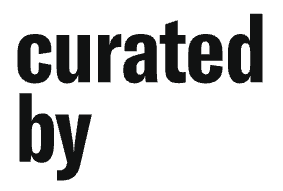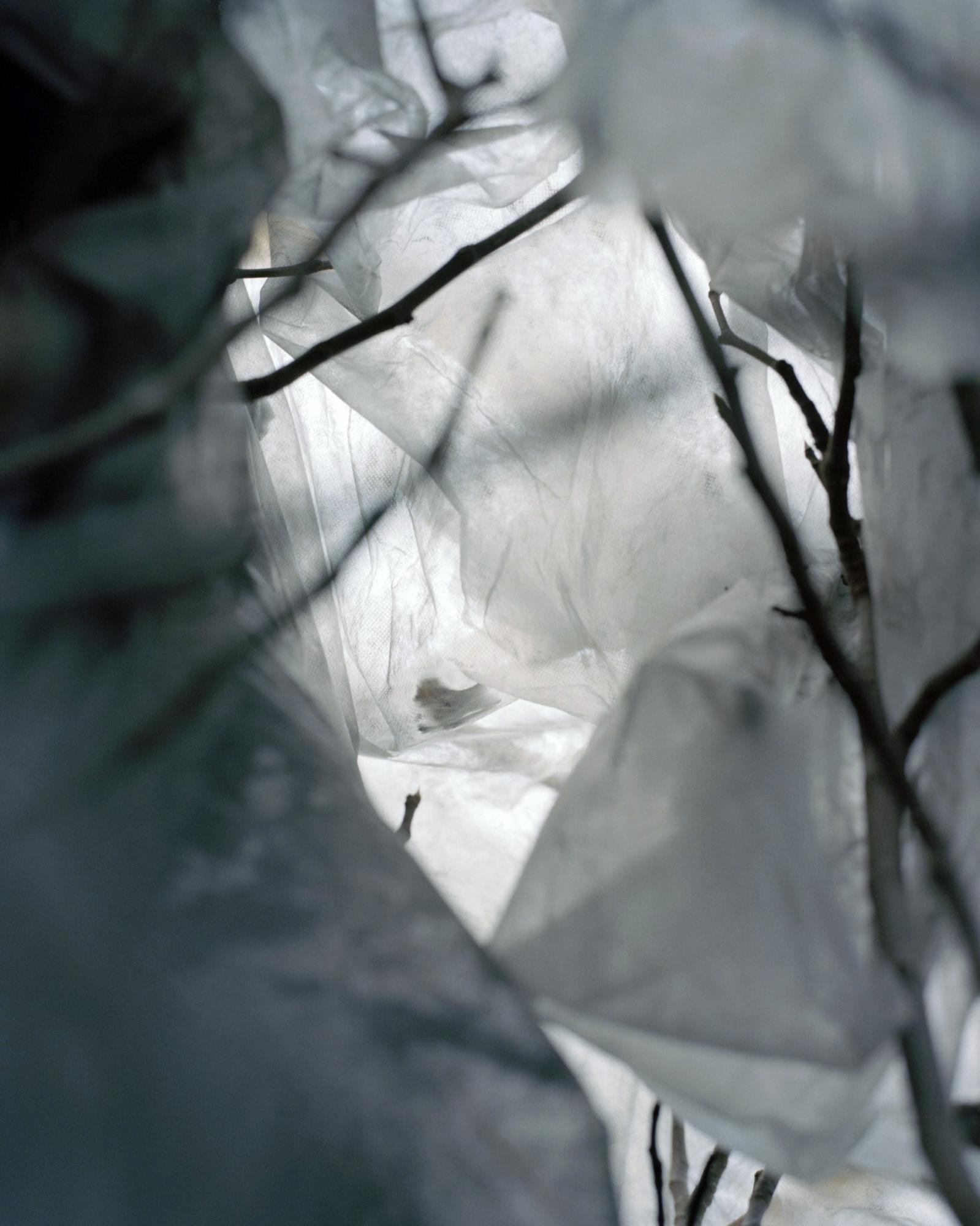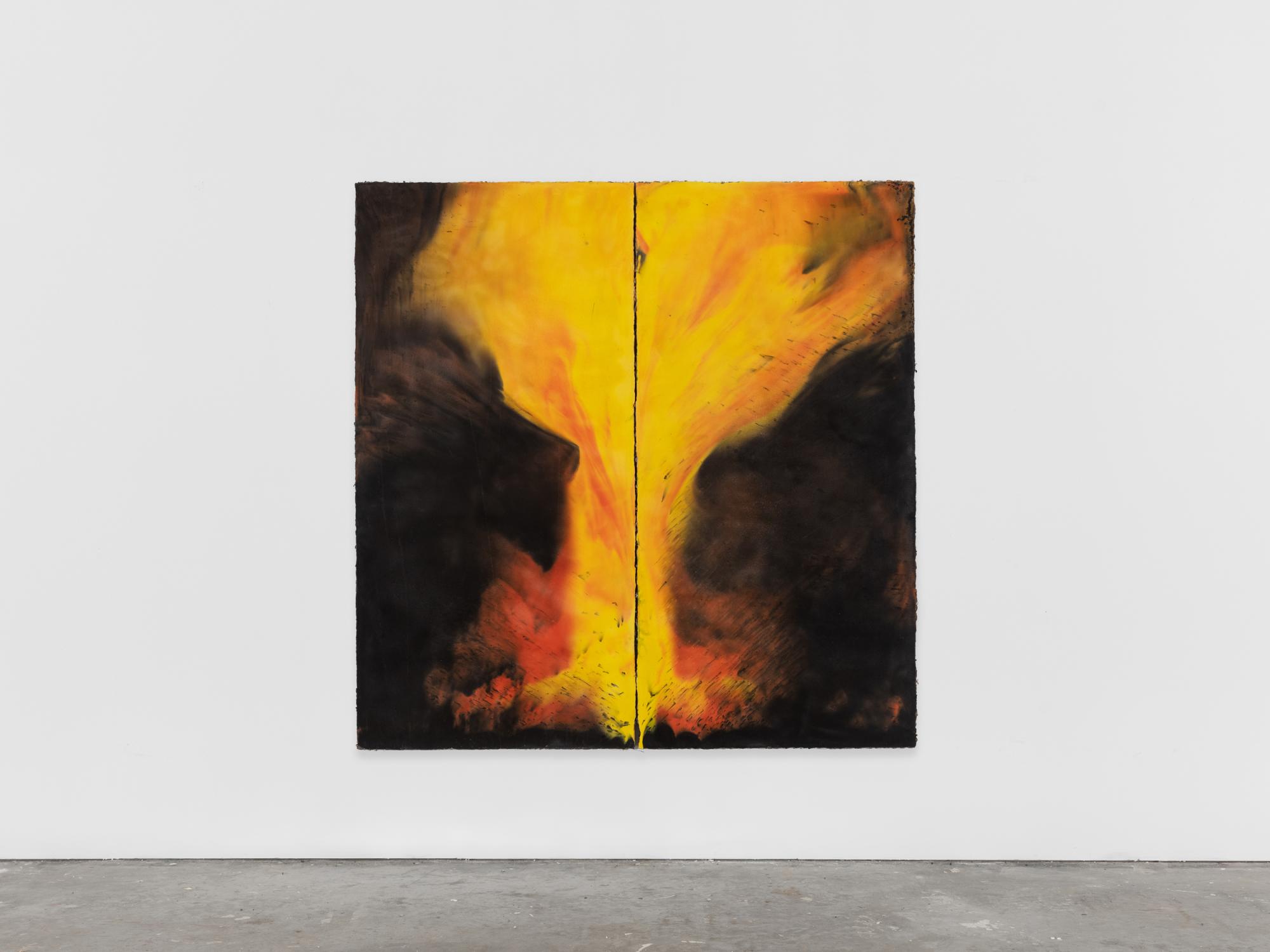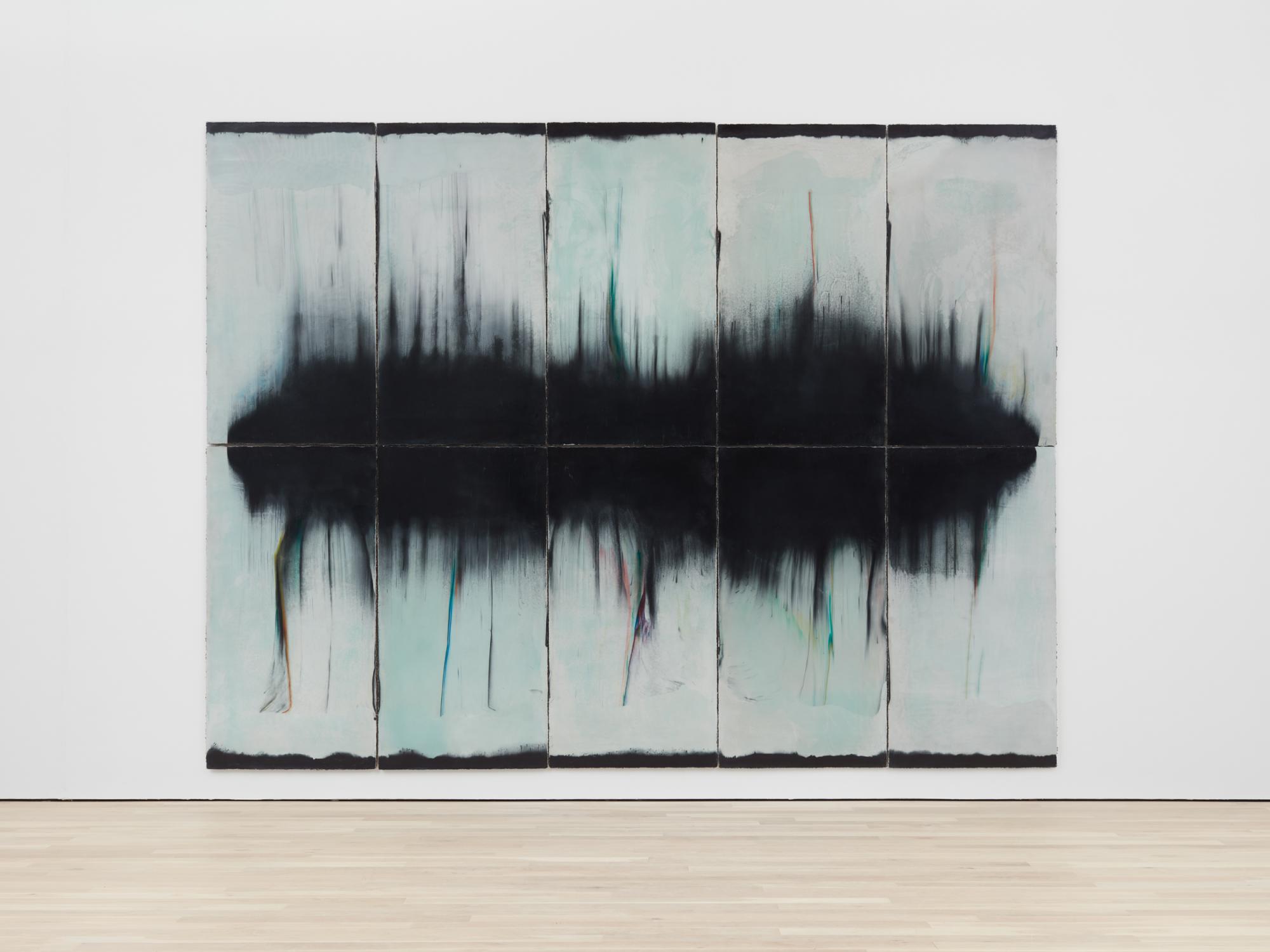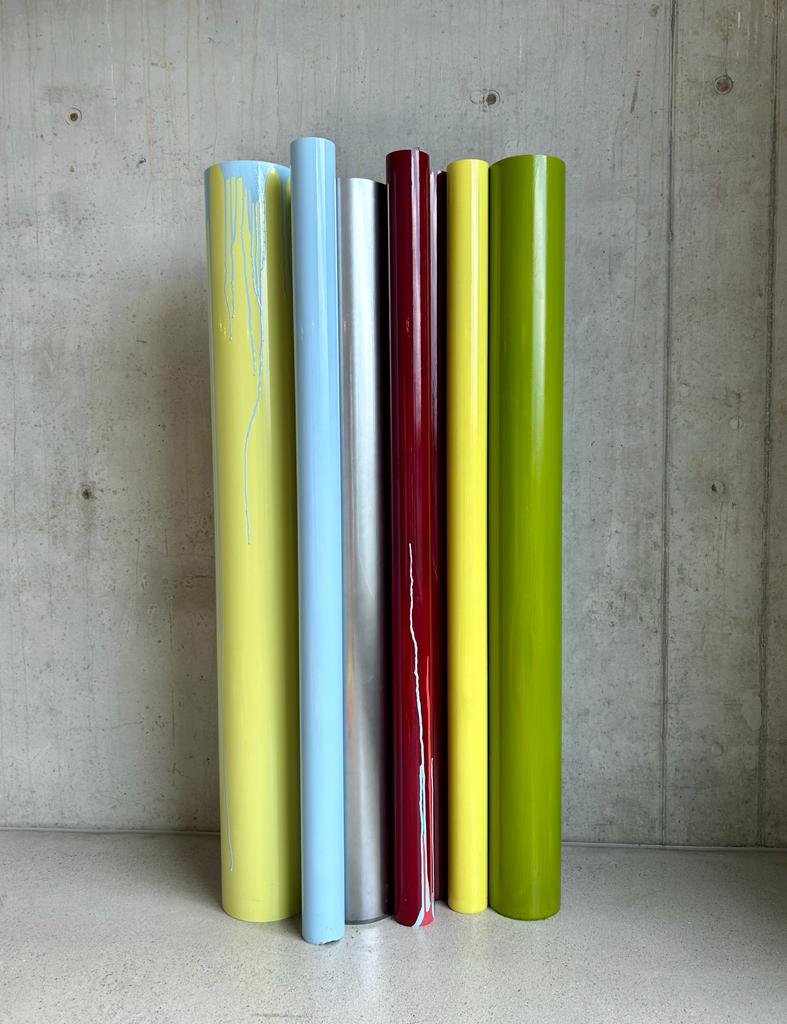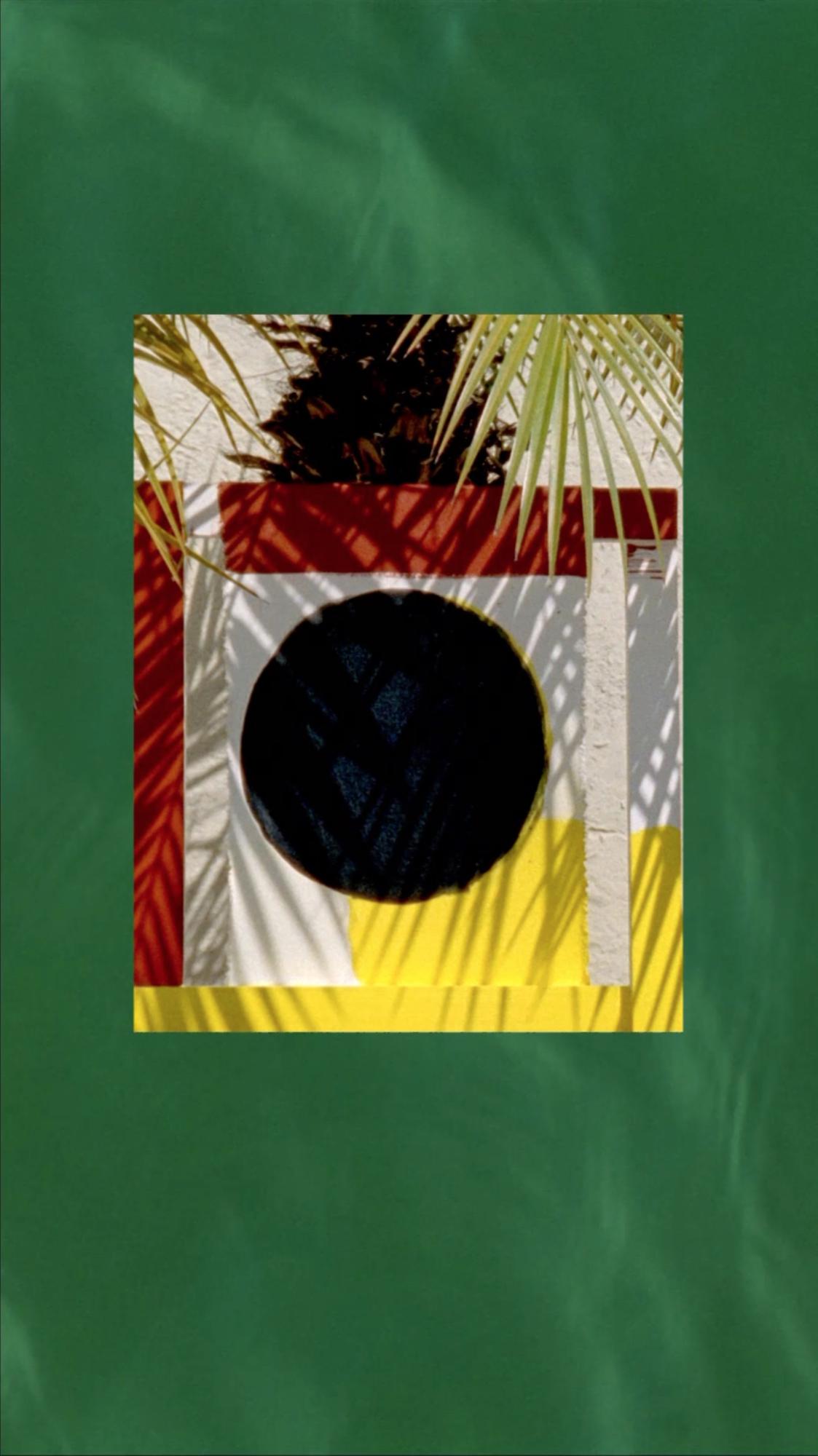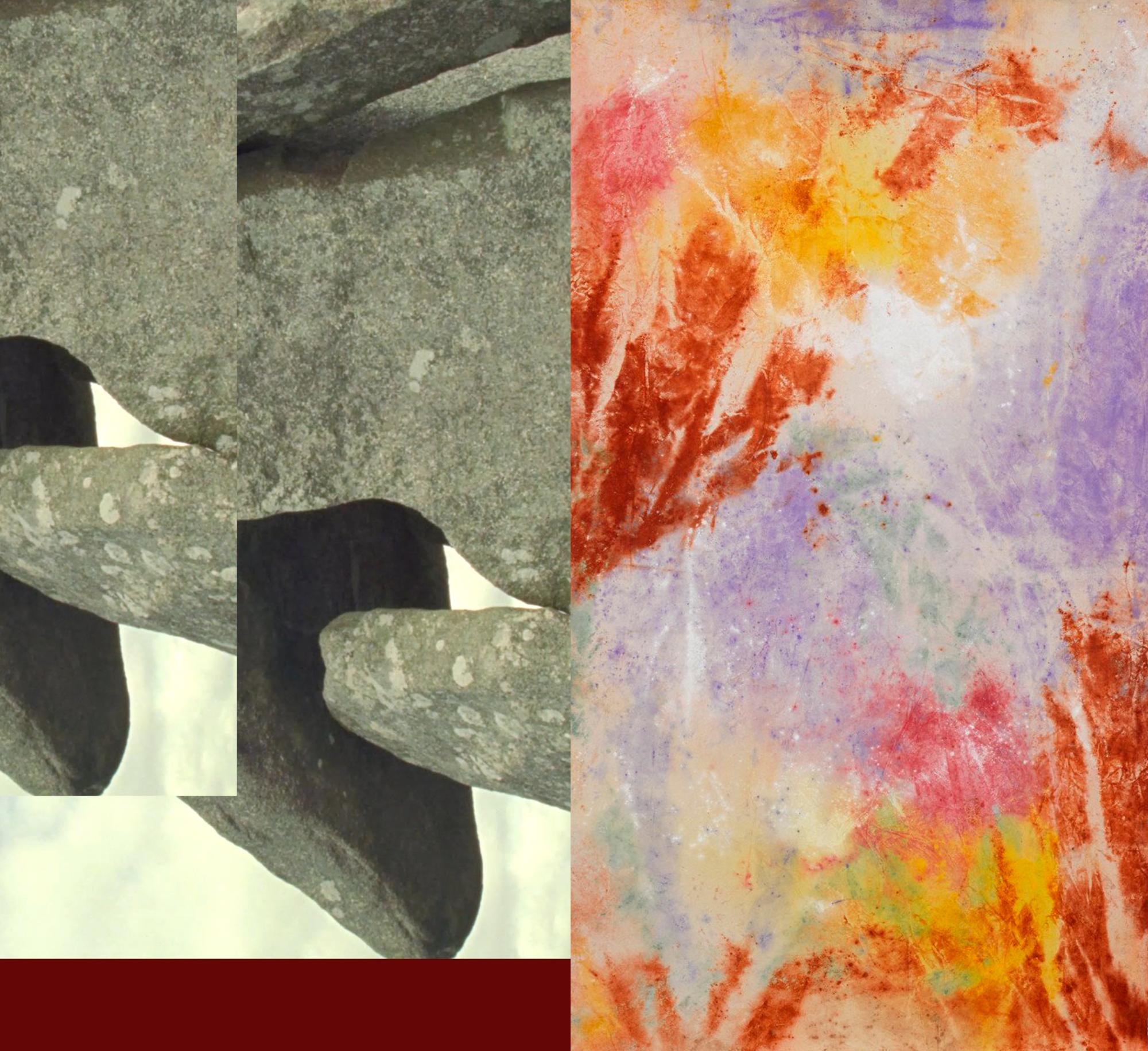Galerie Kandlhofer curated by Sacha Craddock
„Glossary“

www.kandlhofer.com
Curator(s):

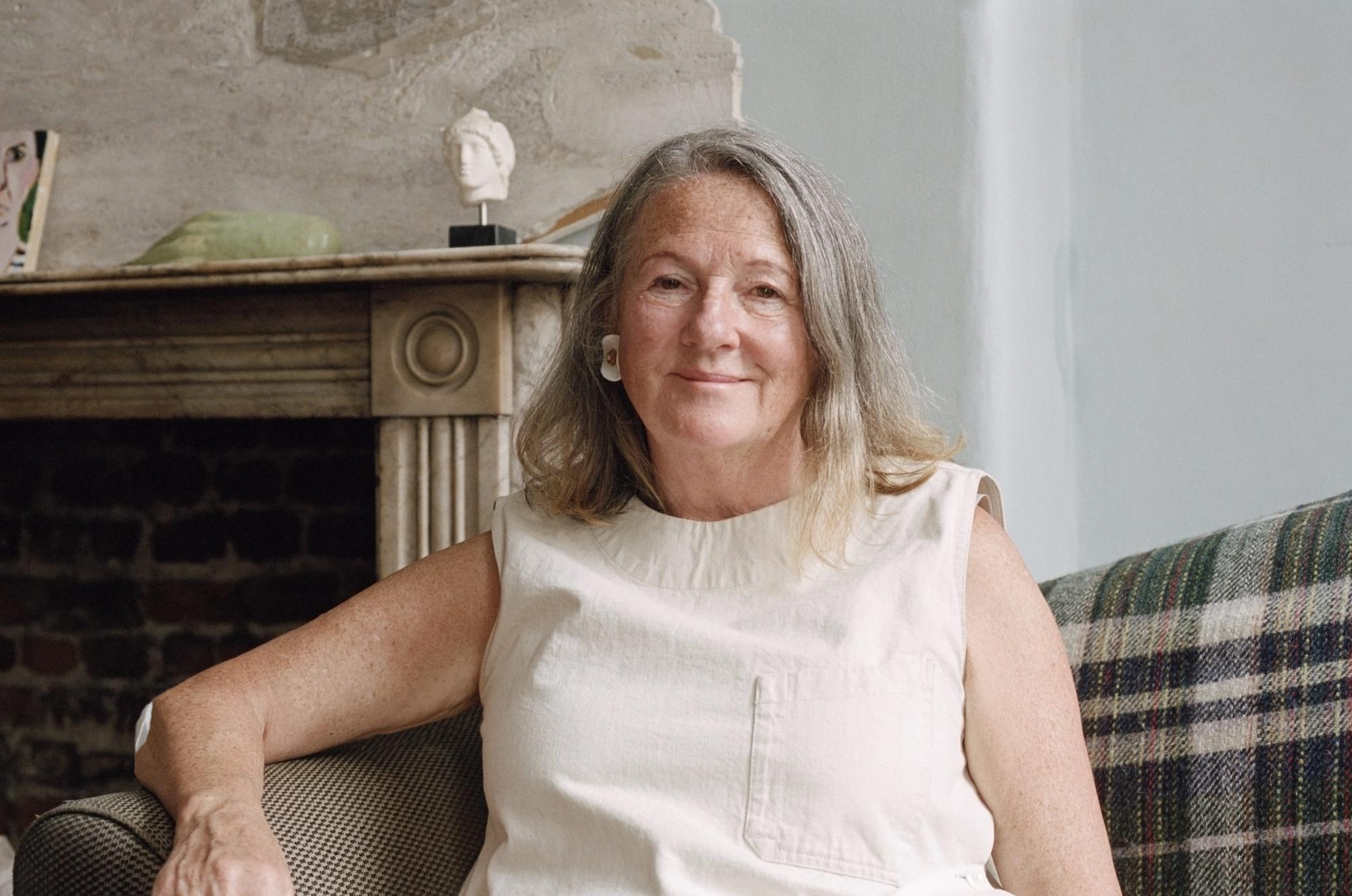
Artist(s):
- Harminder Judge
- Andreas Reiter Raabe
- Jessica Warboys
- Tereza Červeňová
Exhibition text
More
Essay
It is impossible to be neutral in politics and yet neutrality, the theme of this years Curated by, could be seen as a welcome space in which to embrace the non-functional nature of art. It is hoped that such a metaphorically extended space and time dilutes any simplistic idea of understanding, that the narrative of artistic intention does not trump experience to determine how things really are or will be. A show consisting of work by four artists, will inevitably, carry a three-dimensional sense of discovery and surprise about it. No description can encapsulate the complicated, perhaps contradictory, power of experience. While neutrality can never, in its abstraction, provide real vision or result, the range of physical language used by the four selected artists is able to provide a sweep of desire and aesthetics, a true range of physical endeavour and reference, that will unwittingly absorb the neutral in some other way. Much of work by the selected artists arrives out of a metaphorical sideways shift, out of a use of material that reflects the beginning of possibility and the fact that at some sort of level we, as audience and artist alike, begin in the same place.
Andreas Reiter Raabe makes painting and sculpture that arrives out off a sort of hands-off process. With the machinery of production existing somewhere between the artist and the result, Reiter Raabe allows, somehow apparently with little emotion, the paint to fall on the canvas in smears, blops and plops. The sifting process which has already taken the mark away from the hand uses a touch that in its own terms neither succeeds nor fails, but that is, to a certain extent, determined by a language that surrounds the success and failure of abstract painting. It is also one that can be judged by different criteria. Is this a ‘good one’, both artist and expectant observer enquire, is it lovely, what does that mean? Reiter Raabe’s process mimics the early days of a printing press; the production of and laying out of written and visual language that is neither basic nor primary, but in this case with a palette that looks if it has already been mixed in another life. The machinery of production in turn mimics a cottage industry of constructed rationale where paint, tired rather than fresh, arrives in a roundabout way and ends up, propped, hung on the wall, a slice of horizontal brought flat. When also making a flat surface stand up on its own, Reiter Raabe’s works both mimics and becomes a sculpture.
Jessica Warboys’ paintings are a result of the harnessing of the independent force of nature, in that they are made mainly by placing canvas in the sea. Direction, hands free, is never just one way, as the visual result and surrounding narrative dissolves a rhythm of autonomous and independent logic. The result, anything but pictorial or determined, manages to convey a sense of diffuse powerlessness. It is a matter of throwing yourself in, metaphorically, as the vison appears, against a sub plot of expectation about what a painting should actually do. A production of non-centralised, all-over activity; the movement of water, like that harnessed for electricity, brings about a mass of image shown roughly across a structure.
Her films follow a similar sense. Warboys’ brings image in and out of focus and associative relief using text, scratch, picture of place and, a broken, but directed, mixture of sharp and blunt, diffuse, and concentrated association and disassociation. The film makes an unusual sweep or swoop between the physical and representational, and back again. The relation between real time and moving image is fascinating. The water moves over the surface of the sea paintings, and the imagery in the moving image also seems to have a nature of its own. Warboys’ edits with precision, yet the logic of the beat and rationale of captured place, symbolic moment, associative significance allows a sweep of interference across the work. The implication is of an artist affected by, rather than affecting, the result. Such collaging is not new, of course, but the relation to time, the fact that there is no narrative, as such, creates a quickening in shift, from general to specific, totality to particularity, to extend territory and a sense of possibility. The fact the artist makes something last over time extends a form of conscious unconsciousness.
Made in a sort of ‘hands free’ manner the somewhat belligerent iconographic paintings by Harminder Judge, are as much a matter of relief as paint. As with the work of Reiter Raabe and Warboys, with imagery, in Judge’s case a splattering, or mass, of pigment suspended within its own physical volume, a swarm of flies caught in aspic, in an apparently indirect manner. The subject and direction is petrified within a build-up of material and the work functions in a back to front manner, with the work reflecting gestural movement. The iconic, shift, rivulet of action, put in from behind or on top, arrives fixed and finite and front of stage, as it were, with hard surface, and diffuse action held still. The gesture is suspended, frozen in time, when turned from upside down and around to face us. So, like the director of an opera, the artist achieves total revelation only after the curtain has lifted at the dress rehearsal. Made up of many gestures and moments, after copious process and care, the instant breath or cross section of reaction is revealed with colour making up an image delivered all at once. Works by Judge allude to the gesture of expressionism but also to a statement that comes, perhaps, from elsewhere. Loose powdery material leaves a trace, like a script or language of painterly ambition. Like Reiter Raabe, who paints from above, neither artist is in a position to stand back, as it were, and choose what they have made. With trust in the process, something has landed.
The action somehow in Tereza Cerenova’s photographs, is held still. They are about, or of, a decision to allow layers of actuality to be caught across the surface; a sort of dive into space brought up to flatness. So much is going on off the side, of course, elsewhere, and everywhere. Or perhaps nothing is happening anywhere, that can have visual, formal, even aesthetic significance till held, not so much still, but as an example of place, space, and insignificant continuity. While the artists in the show have a roundabout, back to front, approach to a subsequent result, Cerenova’s photographs arrive in differing size and scale as perhaps stripping observation, to be shared, understood and appreciated in part for the continuation of the Modernist dream about the observation of elements, cut out ,collaged into consciousness. The loveliness of the disturbed flat sheet, a wall, the reflection in a window; really anything that brings the smear, tear, crumple, layered levels of visual language together. Cerenova’s photographs take on a role that washes up and away an exact sense of direction and subject, in order to remain in the role they play. The photograph, in this case mimics the whoosh of the chemical that in real life washes across the surface of photographic paper, and so with production mimicking the subject, form and content meet in the middle to become not just a self-defining image but a page holder as it were, in the relationship between art and photograph.
Sacha Craddock, July 2023

